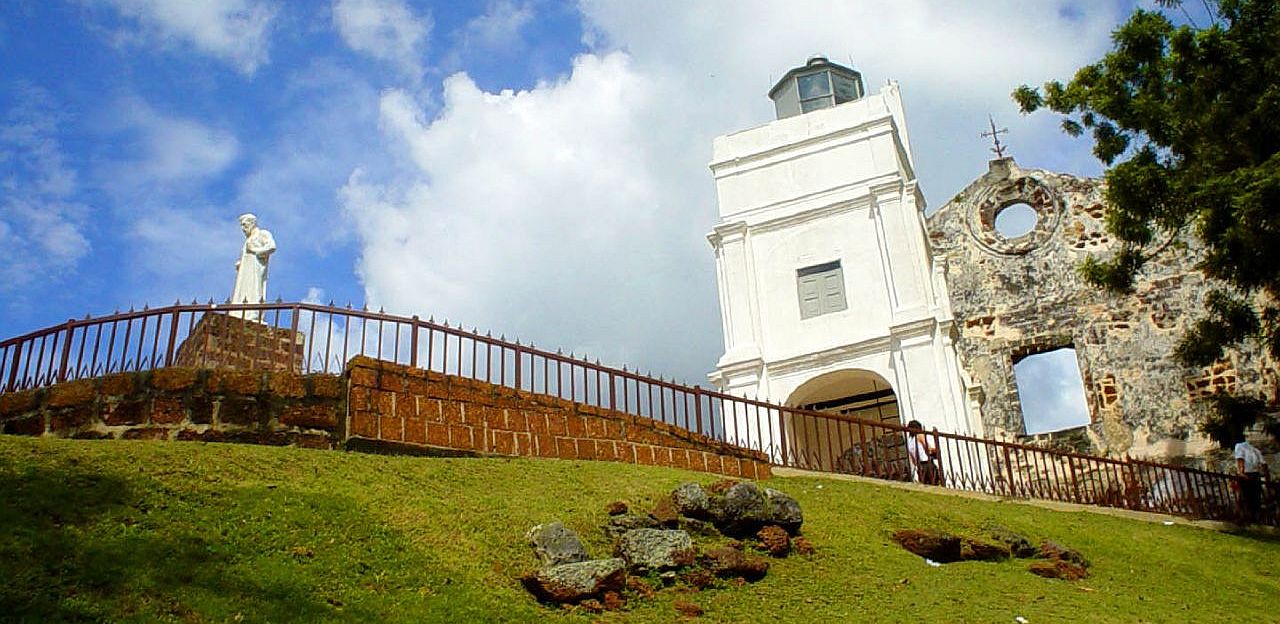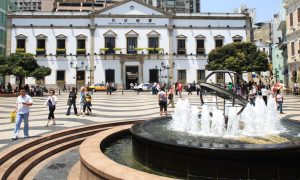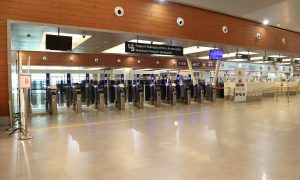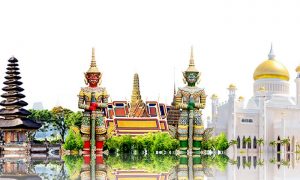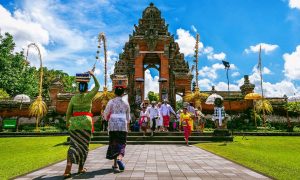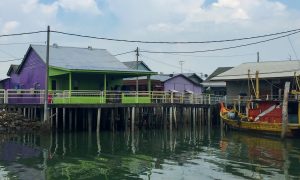In history-rich Malacca, stories of secret subterranean passageways have long been whispered. Historian Dennis De Witt takes a closer look with his well-researched exploration of myths, legends, and lost treasures in Malaysia’s historical cradle.
Back on the 10th of June 2017, local social networks – at least those focused on history and heritage – were abuzz with excitement after a popular local daily published an article with the news that an old secret tunnel linking St Paul’s Hill to St John’s Hill at Malacca (Melaka) had been found. It was reported that an official from the Malacca State Museum Authority had declared that there was a hidden doorway near the entrance of the remnants of the Malacca fort and it was probably used as a secret escape route by the Portuguese.
Malacca was captured by the Portuguese in 1511 after ousting the Sultan of Malacca and his followers. The Portuguese sought to erect a fortification of their newly acquired base in anticipation of counterattacks by the Sultan and other Muslim Rulers from the surrounding region. A fortress was constructed encompassing a hill which was the former site of the Sultan’s palace.
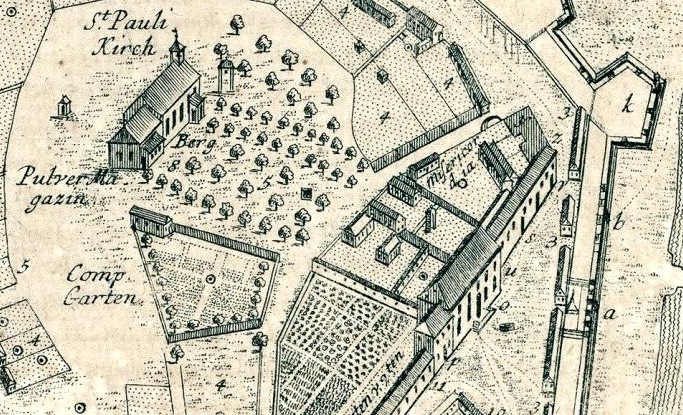
The Portuguese remained in control of the fortified town of Malacca until Dutch interlopers arrived to capture Malacca in 1641. The devastating fight between the Dutch and the Portuguese had destroyed the buildings within the fortress and left many parts of the fortress walls in ruins. Therefore, the Dutch had to rebuild and strengthen the fortress. From then on, Malacca came under the control of the Dutch East India Company.
The fortress of Malacca was finally destroyed by the hands of the British in 1807, but it was only with the intervention of Sir Stamford Raffles, the founder of modern Singapore, that the southern gateway to the fort and its buildings within were saved.
After the destruction of the fort, stories of the existence of a secret network of tunnels under the ancient town of Malacca began to emerge. In fact, there were three different legends about subterranean passages under Malacca.
The most popular legend is about an underground tunnel that connects the fort at St. Paul’s Hill with another fort at St. John’s Hill. It was believed that this secret passage allowed soldiers to strategically move from one fort to the other when Malacca was under siege from the enemy.
Very little is known about the fort on St. John’s Hill other than that it was built by the Dutch sometime between 1760 and 1790. The fort served as the town’s southern defense against land attacks. The distance between the two forts is almost exactly one mile as the crow flies. However, in an old Portuguese map of Malacca, the area between the two forts showed that the land was covered with swamps and there was a small stream that flowed across to the sea. It seems unlikely that there existed a subterranean tunnel, given such conditions. Yet, many Malaccans still believe that such a tunnel did exist.
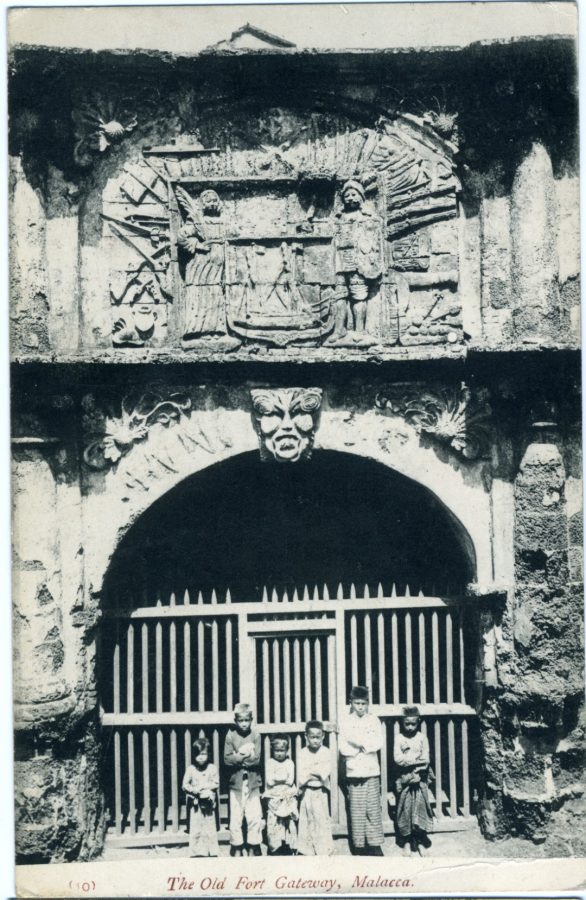
In another local legend, it was told that on the ground, in the center of the Old Gateway, is the entrance to a tunnel. People entered the tunnel but never emerged again because, it is said, they were eaten by a giant mythical snake that lives in it.
In photos of Malacca’s Old Gateway that goes back to just after 1900, it can be seen that the entrance was gated. This was because within the gateway, there was an opening in the ground, and to stop would-be adventurers from going into the tunnel opening, the authorities had fenced up the entrance. Eventually, the hold in the ground was covered with a metal plate and the floor was covered with bricks. Today, at the center within the Old Gateway, visitors will notice a depression on the ground. This is believed by some to be the entrance of the tunnel which had been covered up.
In his celebrated autobiography entitled Hikayat Abdullah, published in 1849, Abdullah bin Abdul al Kadir (better known as Munshi Abdullah) wrote, “In line with the hill stood the residence of the Governor, a building of elaborate design. To reach it, one could walk through a tunnel built into the hill. There was also a door giving direct access to the river.”
Abdullah is a renowned Malay author who lived in Malacca during the transition period from Dutch to British control and served as a scribe and copyist for Sir Stamford Raffles. However, Abdullah was not the only person who wrote about the existence of an underground tunnel at St. Paul’s Hill. John Cameron, a Malayan colonialist and founder of The Straits Times newspaper, reported in 1865 that “while opening out a subterraneous passage at the foot of the hill, two cases of ancient cutlasses were found” and “nearly opposite to the present landing is the orifice of a stone-built passage which runs directly into the hill.”
A French Catholic priest and local historian based in Malacca in the 1930s named Fr. Rene Cardon was so convinced of the existence of tunnels at St. Paul’s Hill that he proclaimed, “That there is at least a subterranean passage under St. Paul’s Hill is not a myth, but a proved fact.”
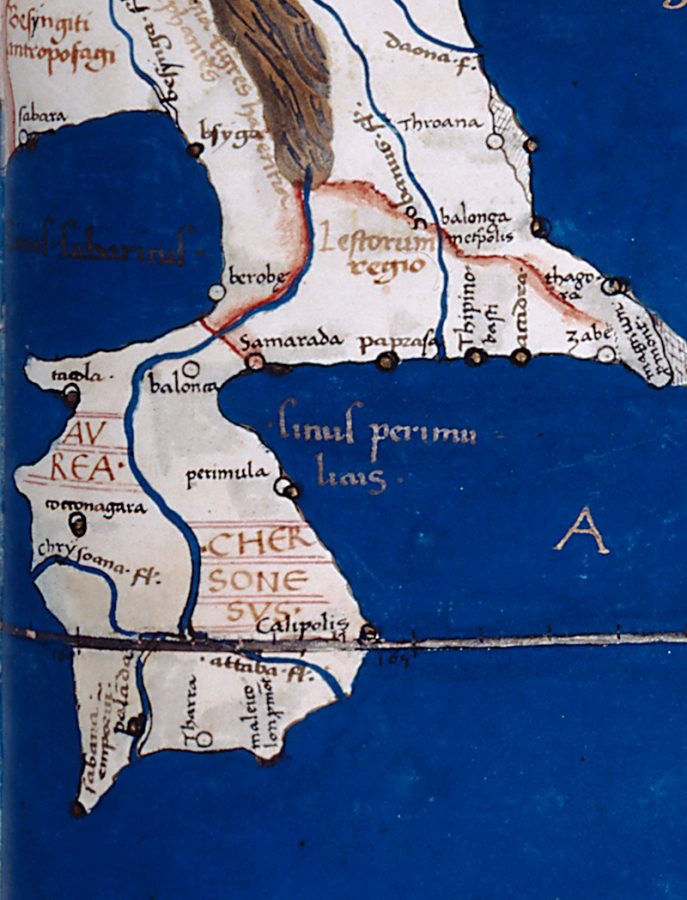
In 1930, the Malacca Historical Society was formed and its members soon began to excavate the church ruins on St. Paul’s Hill. However, when The Straits Times got wind of the Historical Society’s activities on the hill, the paper published an exposé claiming that the archeological dig in Malacca was actually a search for buried treasures hidden 300 years ago by the Portuguese.
By 1936, the Malacca Historical Society published their Historical Guide of Malacca. In it, there was neither mention of any treasure found, nor tunnels beneath the ruined church on St. Paul’s Hill.
It is unsurprising that people still believe there is buried treasure in Malacca. The Malay Peninsula was identified by the famous Greek geographer and astronomer, Claudius Ptolemy, as Chersonesus Aurea, or the Golden Chersonese. It was thought to be the source of the great wealth for the Kingdom of Solomon. There was even a theory that the early Malacca Sultans obtained their great wealth after finding the source of King Solomon’s gold in Malacca but the treasure was hidden away when the Portuguese sacked the town.
Legend says that the treasure still remains hidden in Malacca till today.
Dennis De Witt is the author of Legends of the Secret Tunnels of Malacca (ISBN 978983-4351991), published by Nutmeg Publishing, available at Kinokuniya bookstore and directly from the publisher. He is also the author of History of the Dutch in Malaysia, Melaka from the Top, and more.
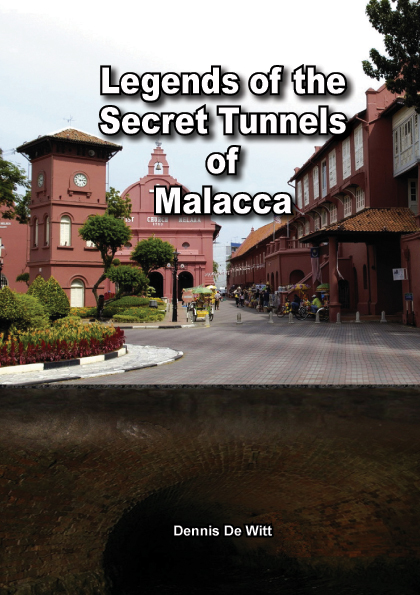
"ExpatGo welcomes and encourages comments, input, and divergent opinions. However, we kindly request that you use suitable language in your comments, and refrain from any sort of personal attack, hate speech, or disparaging rhetoric. Comments not in line with this are subject to removal from the site. "


